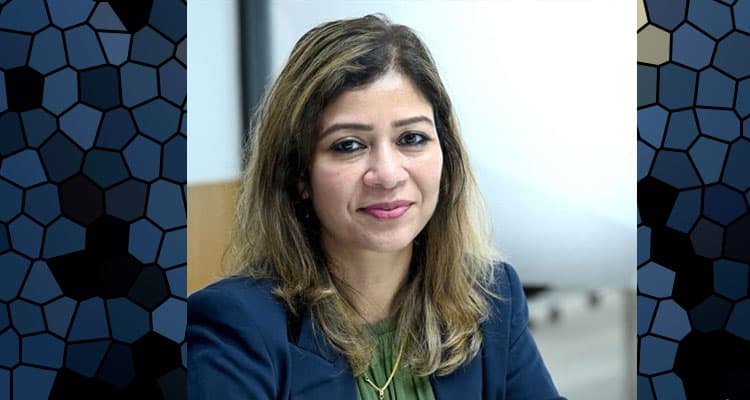Pratima Reddy, Country Speaker for Merck India & MD, Merck Specialties highlights how gender-balanced leadership is essential for organisational performance, resilience, and long-term growth in the digital era
 Pratima Reddy, Country Speaker for Merck India & MD, Merck Specialties
Pratima Reddy, Country Speaker for Merck India & MD, Merck Specialties
Leadership in today’s world demands far more than experience or authority. It requires the ability to navigate uncertainty, build resilient teams, and make decisions from a broader perspective. In this environment, diversity is an operational advantage — and gender parity is at the heart of it.
The business case for gender-balanced leadership has been well established. According to the World Economic Forum’s 2024 Global Gender Gap Report, women make up over 42 per cent of the global workforce, yet hold just 31.7 per cent of senior leadership roles. In India, that number is even lower. This disparity limits how organisations think, respond, and lead.
Research continues to show that leadership teams with greater gender diversity tend to perform better. They are more likely to anticipate risk, incorporate a wider range of perspectives, and avoid decision-making blind spots. These are not abstract advantages. They translate directly to performance, innovation, and long-term resilience.
Despite this, the gap at the top persists. One of the reasons is the way leadership potential is still identified and assessed. Many systems continue to rely on traditional definitions of readiness — uninterrupted career paths, constant availability, or visibility in high-profile projects — without recognising the structural barriers these expectations create.
To move forward, companies must look beyond representation and address the enablers of leadership progression. This includes access to mentorship, clarity around performance expectations, and the creation of growth pathways that work for a wider range of career journeys. None of these steps are simple but all are necessary.
As digital transformation accelerates across industries, there is also an opportunity to embed fairness and consistency into the systems that shape talent decisions. For example, automation and AI are now widely used in HR processes — from recruitment to onboarding, performance management, and internal mobility.
The introduction of platforms such as HR4You and MyGrowth has helped streamline and simplify employee interactions with these systems at our organisation. These platforms support processes like job applications, internal career exploration, onboarding, offboarding, and development planning. The goal has been to make these systems more transparent, user-friendly, and consistent; helping employees navigate their careers more confidently. Digital guidance tools like WalkMe have supported this shift, improved adoption and reducing support queries by providing step-by-step assistance.
While the efficiency gains are important, what matters more is how these systems contribute to a culture of fairness and clarity; where employees can engage with opportunities on equal footing. Technology cannot fix structural gaps alone, but it can reinforce a system that is designed with equity in mind.
Gender parity in leadership will not come from a single policy or initiative. It will require continuous effort to challenge assumptions, update processes, and remove points of friction in how leadership is built. This is not a side conversation. It is part of preparing organisations to meet the challenges of the next decade.
The legacy of leadership will not be measured only in results, but in the environment, we leave behind — whether people had space to grow, to contribute, and to lead. In the intelligent age, that environment must be more inclusive, more equitable, and more reflective of the world we operate in.